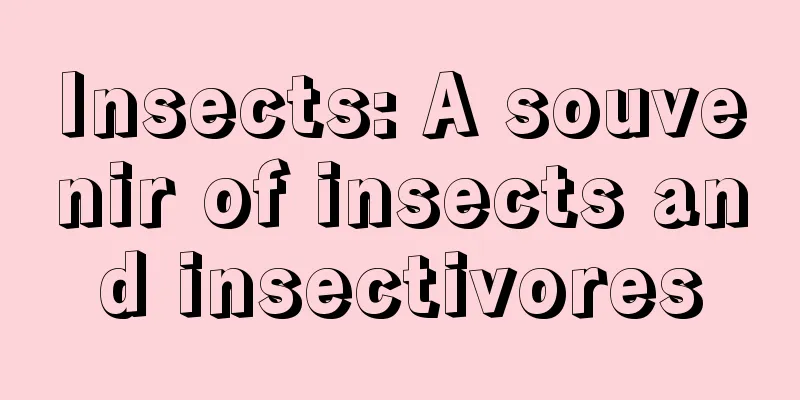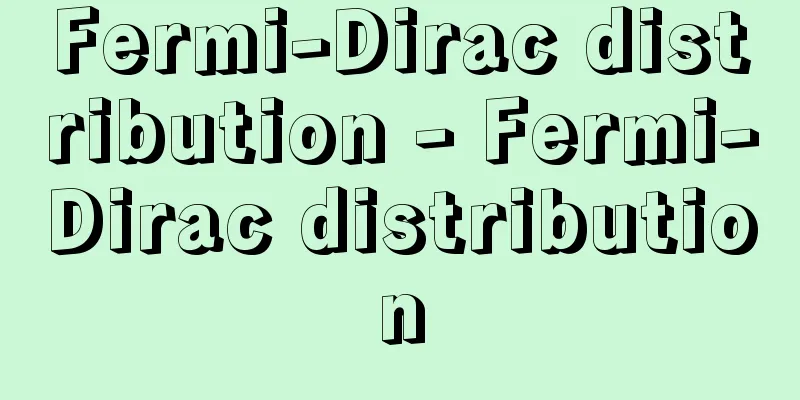Insects: A souvenir of insects and insectivores

|
A book written by French naturalist J. H. Fabre. It is a ten-volume record of insect observations published between 1879 and 1910. As the subtitle "Studies on the Instincts and Habits of Insects" suggests, Fabre calmly observes the amazing instincts and habits of insects, and sometimes elucidates them through skillful experiments. Several chapters are devoted to autobiographical recollections of half his life. The insects he observed were diverse, including spiders and scorpions. He is particularly famous for his descriptions of the habits of dung beetles, which roll up dung to feed on and lay their eggs in it, and the hunting methods of the ground beetle, a type of wasp that was the author's first research subject. One passage that is truly moving is the discovery, 40 years after his first observation, that dung beetles lay their eggs in the necks of pear-shaped balls made of dung. From a literary point of view, "Book of the Insect" is also an excellent work, and the literary scholar Rostand praised Fabre for "having the sensibility of a poet and expressing himself like a poet." As animal literature, it is on par with Seton's "Book of the Insect," but "Book of the Insect" captures its subjects more objectively and with less anthropomorphization. "Book of the Insect" is especially popular in Japan, and has been translated into Japanese in many languages. [Sadao Yasugi] "The Life of Fabre, by Legros, translated by Noboru Hiraoka and others (1960, Hakusuisha)" " The Book of Insects, translated by Yoshihiko Yamada and Tatsuo Hayashi, 20 volumes (Iwanami Bunko)" [Reference] |Source: Shogakukan Encyclopedia Nipponica About Encyclopedia Nipponica Information | Legend |
|
フランスの博物学者J・H・ファーブルの著作。1879~1910年に出版された全10巻の昆虫観察記録。副題として「昆虫の本能と習性の研究」とあるように、昆虫の生活における驚嘆すべき本能と習性を冷静に観察し、ときに巧みな実験によって明らかにしている。いくつかの章は自らの半生の自伝的回想にあてられている。観察の対象となった昆虫は多様で、クモやサソリも含まれる。糞(ふん)を丸めて餌(えさ)にしたり、そこに卵を産み付けるタマコガネ(フンコロガシ)の習性、著者の最初の研究対象になったハチの一種ツチスガリの狩猟方法などの記載はとくに有名。タマコガネの卵が、糞でつくられた洋ナシ型の玉の首のところに産み付けられることを、最初の観察から40年後に発見するくだりなどは、実に感動的である。『昆虫記』は文学的にみても優れた作品であり、文学者ロスタンはファーブルを、「詩人のごとき感覚をもち、詩人のごとく表現する」とたたえた。動物文学としてはシートンの『動物記』と肩を並べるが、『昆虫記』のほうがより客観的に対象をとらえており、擬人化の程度も少ない。『昆虫記』は日本ではとくに愛読され、和訳も数多い。 [八杉貞雄] 『ルグロ著、平岡昇他訳『ファーブル伝』(1960・白水社)』▽『山田吉彦・林達夫訳『昆虫記』全20巻(岩波文庫)』 [参照項目] |出典 小学館 日本大百科全書(ニッポニカ)日本大百科全書(ニッポニカ)について 情報 | 凡例 |
Recommend
Simurgh (English spelling)
A legendary monster bird that appears in Iranian m...
Blooming face - Emimen
A mask depicting the smiling face of an old man, u...
Ookunitama Shrine - Ookunitama Shrine
Located in Miyamachi, Fuchu City, Tokyo. In addit...
Yin and Yang News
…The agricultural calendar is one example of this...
Suchium koynense (English spelling) Suchium koynense
…[Tadashige Nabe]. . … *Some of the terminology t...
Solutre culture - Solutre culture (English spelling)
A late Paleolithic culture with the Solutre site ...
Card paper - Card
…It is the highest quality of the Manila board, a...
Leather - Kaku
[Sound] Kaku (Kanji) [Reading] To renew , to be re...
Kenzo Ogata
...One was Shigemori Mirei, who created many dry ...
cowpox virus
...It is well known that Jenner developed the vac...
Nonwoven fabric - Fushokfu
It is a cloth-like material in which staples or f...
Misono
From ancient times to the Middle Ages, this was a ...
External laryngeal muscles
The glottis is a muscle that is attached to the l...
Kurchatobium
The name of element 104. The artificial synthesis ...
Nakasa, N. (English spelling) NakasaN
...The same can be said of writers such as Peter ...









